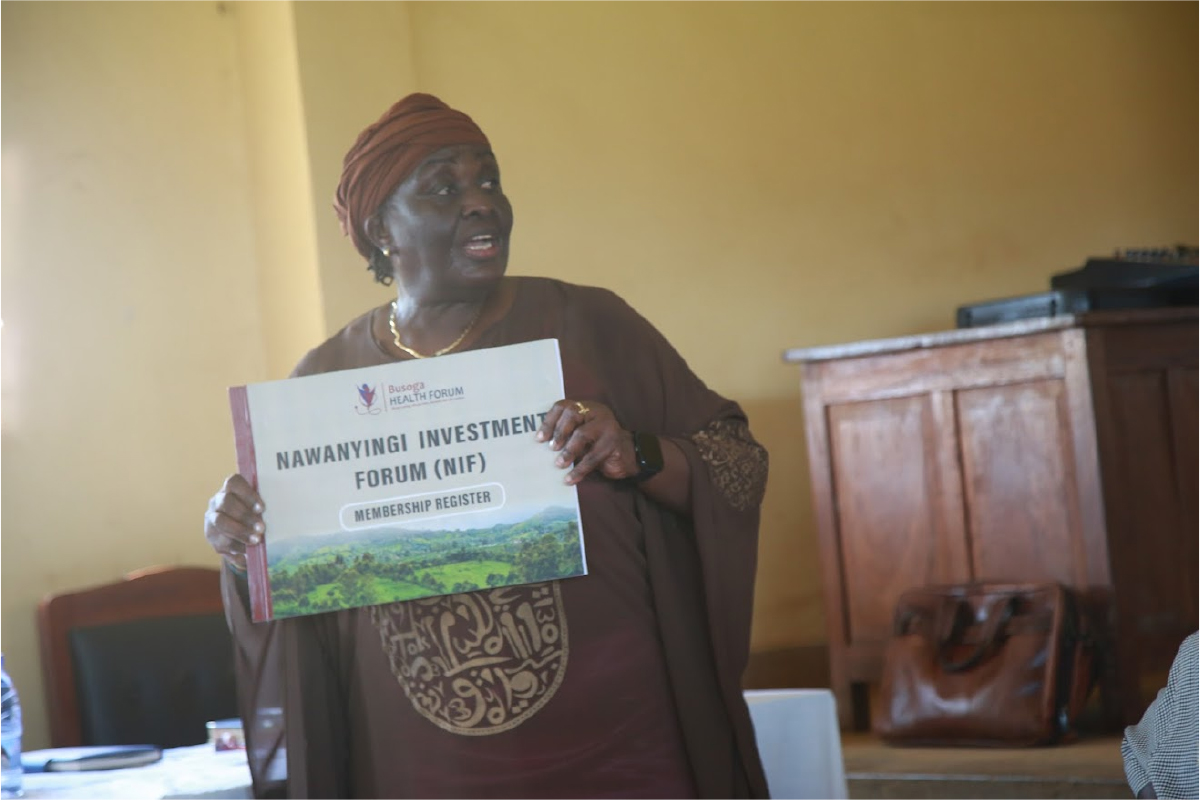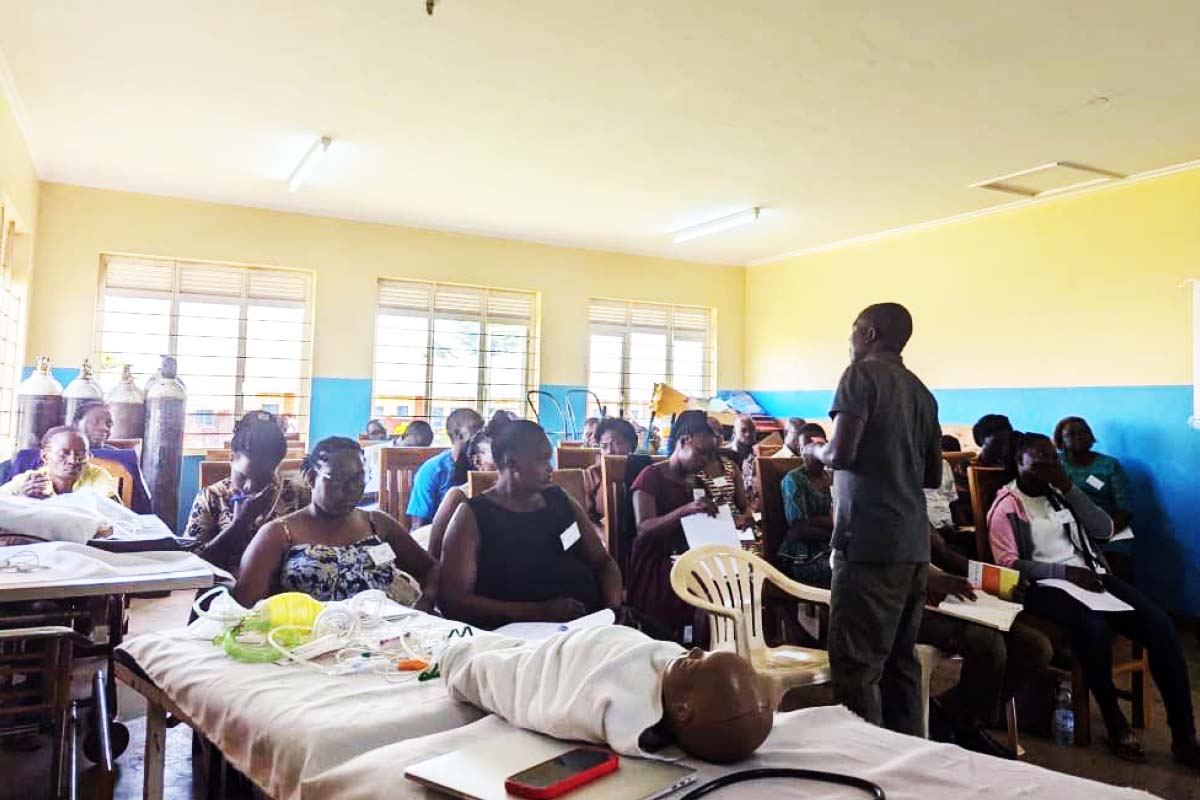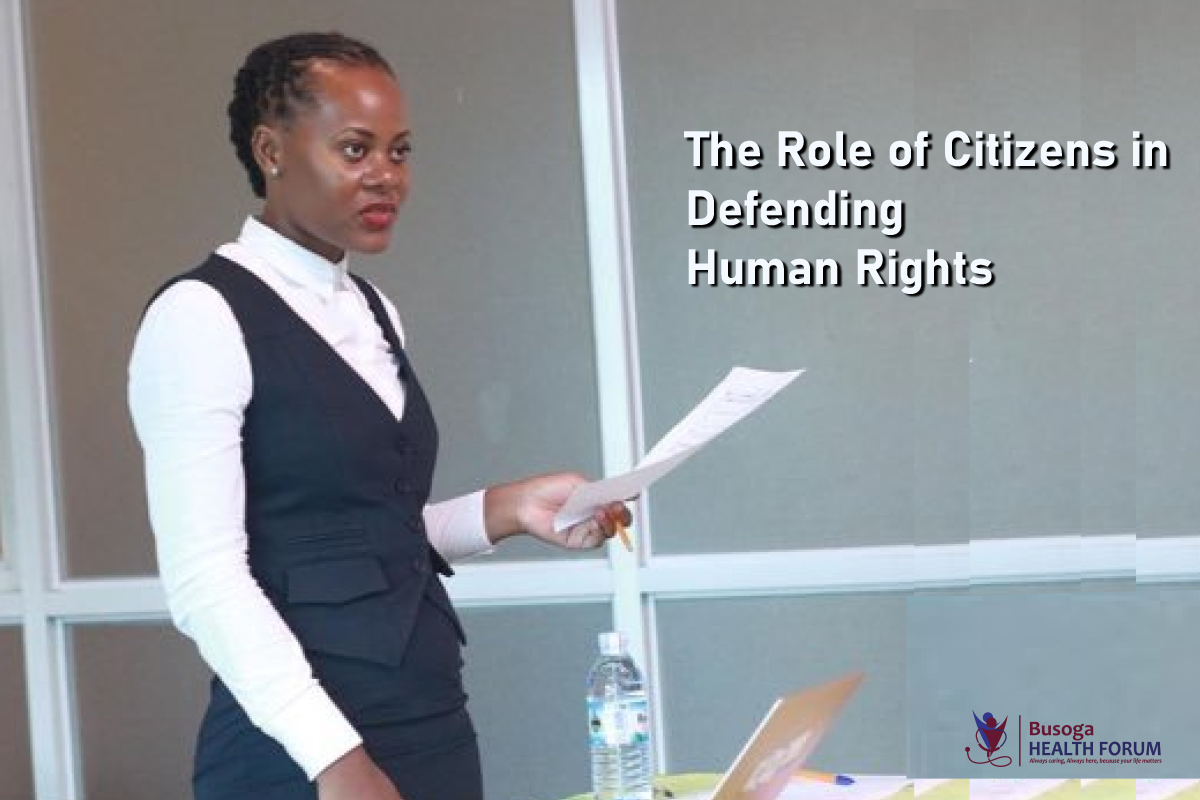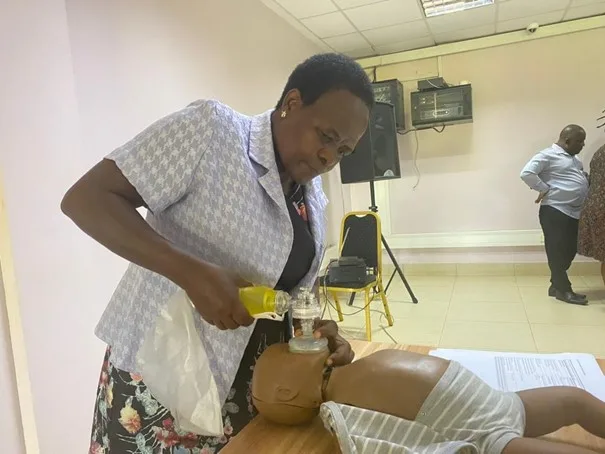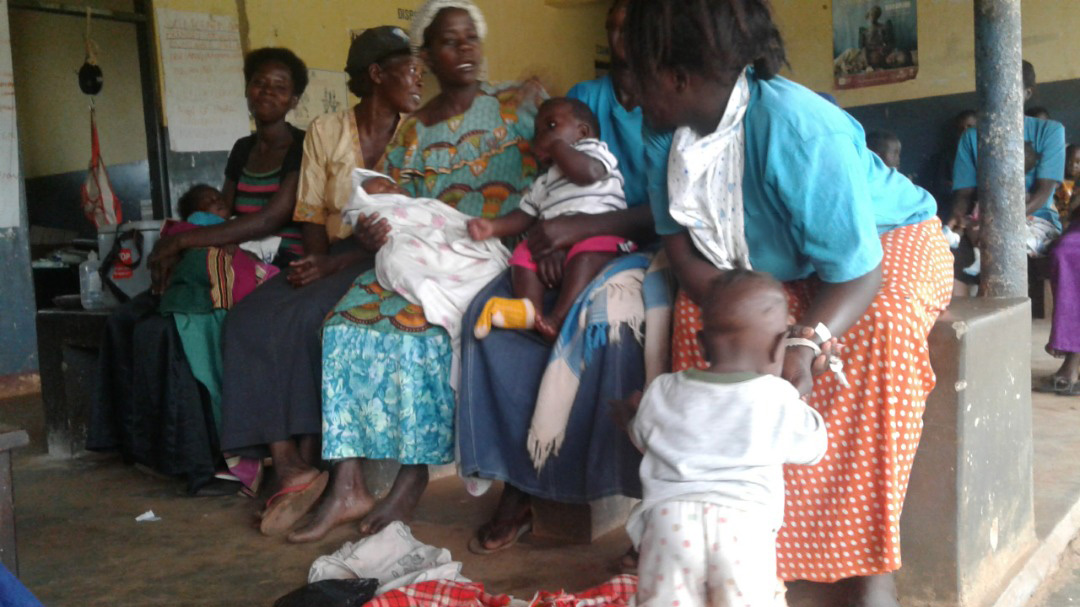
Sickle Cell Disease: An Ignored Killer
By Elizabeth Namara
On June 19, 2022, World Sickle Cell Awareness Day was recognized all over the globe as a public awareness event with the theme ‘shine the light on Sickle cell.’ The day is celebrated annually following the UN General Assembly declaration in 2008; to promote awareness of sickle cell illness. The purpose is to promote awareness about the conditions and the treatment options.
The theme summarizes the reality; that the disease requires urgent and special attention from the Ministry of Health and other line ministries.
According to the Ministry of Health statistics, about 20,000 children are born with sickle cell annually in the country.
It is estimated that about 5,000 children are born with Sickle Cell Disease annually in the Busoga sub-region.
SCD contributes substantially to mortality in children younger than five years which limits progress towards achieving UN Sustainable Development Goal 3, good health and well-being; this includes the reduction of childhood mortality.
For a child to inherit SCD, both parents must have either sickle cell disease (two sickle cell genes) or sickle cell trait (one sickle cell gene). If one has Sickle cell Disease, one will pass the sickle cell gene to the children.
It is important to note that SCD symptoms can begin by four months of age.
Seeking genetic counseling before pregnancy to discuss options is paramount for people who carry the sickle cell gene.
There are no standard treatments that cure sickle cell disease. However, some treatments help people manage and live with the disease.
Treatment relieves pain, prevents infections, minimizes organ damage, and controls complications and can include medications such as pain relievers and hydroxyurea, at times; blood transfusion, and other options as needed.
Nalufenya Children’s Hospital, a branch of the Jinja Regional Referral Hospital, is the prime clinic in the region with an intentional focus on SCD.
According to Dr. Abner Tagoola, a Senior Consultant at Nalufenya, there are about 760 active patients in the Children’s Sickle Cell Unit.
Nalufenya Children’s Hospital is a public health entity that experiences the challenges typical of any Ugandan public health facility. These include; challenges of human resources, lack of infrastructure, and supplies, to say but the least.
“There is no luxury of human resource; there are challenges in human resource, no open areas of communication; no outreach system. Infrastructure-wise, we are still stuck,” Dr. Tagoola noted.
Dr. Tagoola noted that deliberate efforts to have the supplies that meet the demand of patients on time should be prioritized. The necessary drugs such as oral morphine, anti-malarials, anti-biotics, and hydroxyurea should be available.
He argues that without an independent laboratory to support sickle cell, delays in treatment are a challenge. “There is a need for an independent laboratory support specifically for the sickle cell unit.”
Empowering and targeting all high volume and lower volume structures will be even more significant in handling the sickle cell burden in the region.
“There is no focused intervention from the government and partners; they see it all and do not think it is important,” said Dr. Peter Muwereza, the Bugweri district health officer.
Ms. Veronica Cejpkova, the CEO of Whispers Magical Children’s Hospital, a charity hospital in Jinja, says SCD requires more attention than assumed. It is from this background that she started a sickle cell clinic that takes place every Wednesday.
At Whispers Children’s Hospital, Sickle cell screening is part of their child healthcare. They do not want to leave any of the children who come to them behind.
“We currently have around 250 patients in the clinic. Every week we get between 40-50 patients. Here, Sickle Cell screening is protocol,” Ms. Cejpkova explained.
The children who come to this clinic receive free services. Despite the many crises of pain SCD patients experience, at whispers hospital, they are assured of access to treatment for free or at a subsidized cost.
However, for the private clinics to perform, the government ought to provide the necessary infrastructure in the region.
Stories of how fathers abandon their families- the mothers of their children once they find out that the children or one of the children has sickle cell disease, are routine. Usually, they do not know how to deal with it. They decide ignoring it is better.
However, it is not only fathers that ignore it; the health care system of Uganda seems to not put the required efforts into the fight against Sickle Cell Disease.
Unfortunately, the Sickle Cell Disease toll on the parents’ well-being and economic development continues to stand out.
Sr. Loy Mudondo, in charge of Nalufenya Children’s Hospital, noted that the caretakers are exhausted due to frequent admissions. “We have parents whose children are admitted to the hospital more than three times a month.”
They can’t afford drugs, yet the supplies at the children’s hospital are not enough.
Sensitizing the community and ensuring male involvement is significant. Men desert the mothers once they realize the children are Sicklers; mothers carry the burden of caring after Sickler children, which is quite challenging for a single parent.
Bugweri DHO Dr. Peter Muwereza suggests integrating Sickle Cell programs into the primary health care package by the Ministry of Health. “Without integration, it shall be difficult to handle the sickle cell challenge,” he emphasized.
Most people associate SCD with witchcraft; therefore, psycho-social support is necessary for people to understand that they can be treated and left free of crisis.
The Ministry of Health is called upon to; reinforce neonatal screening in the districts with the highest burden, train health care providers, and establish regional and national sickle cell awareness strategies that will include premarital tests and counseling to reduce the burden of SCD.
It is paramount for the government to finance health care in the Busoga sub-region and the nation. Mostly in health infrastructure geared toward the elimination of SCD.
For instance, the issue of the blood bank is quite a challenge. The government should make SCD a priority.

